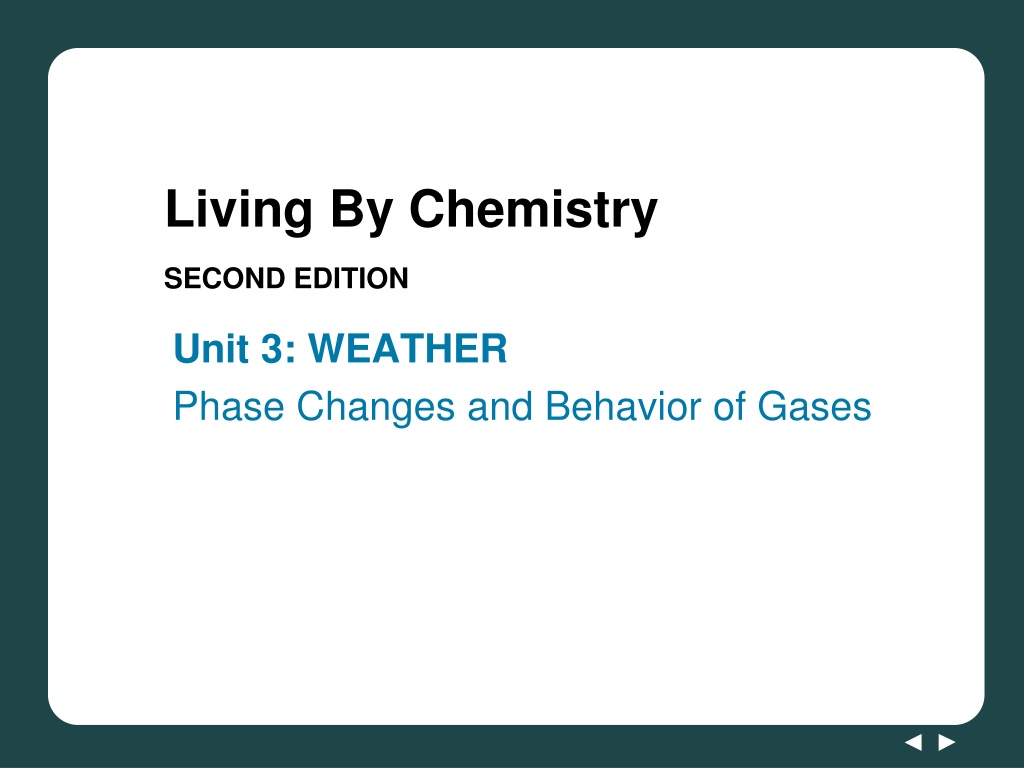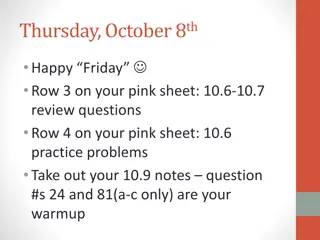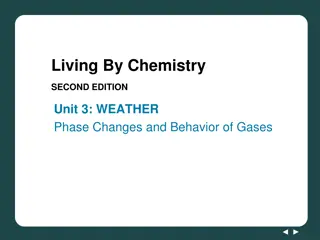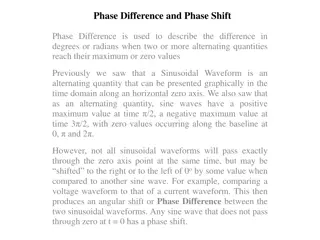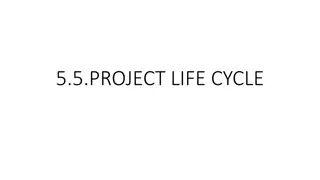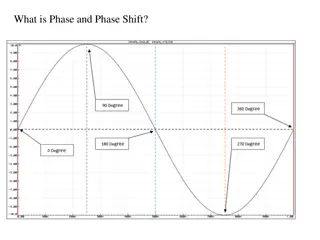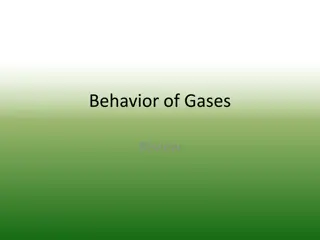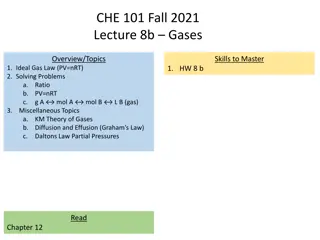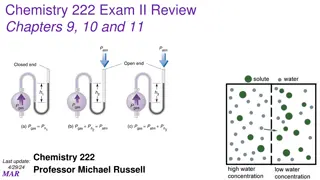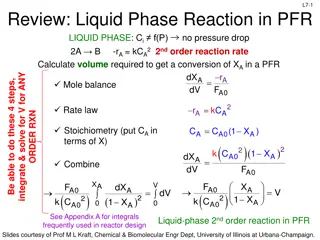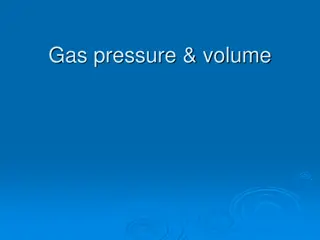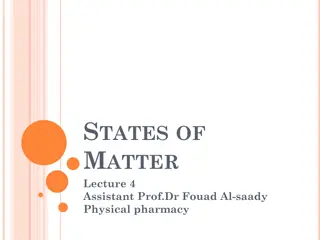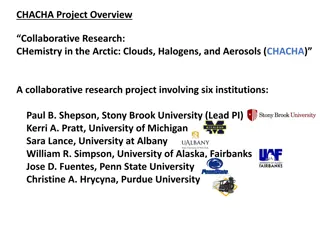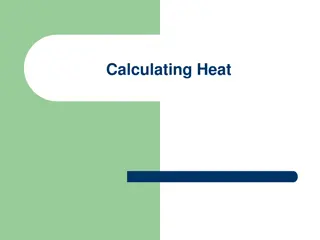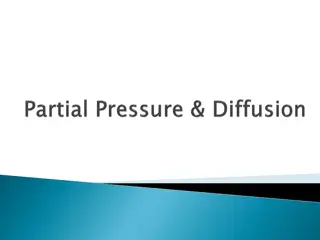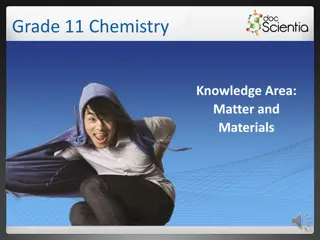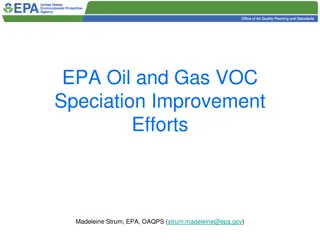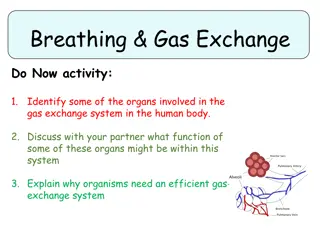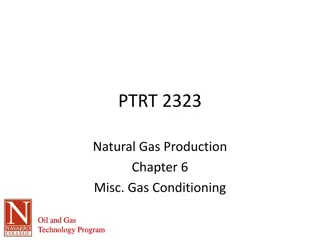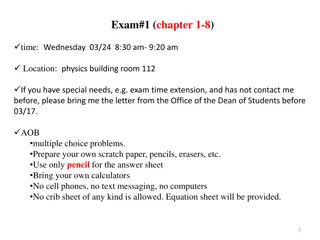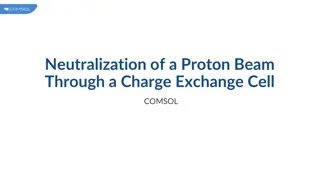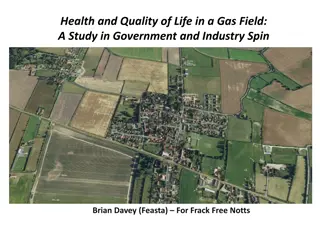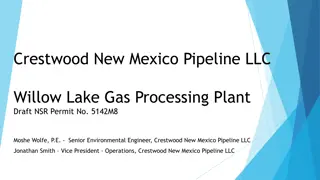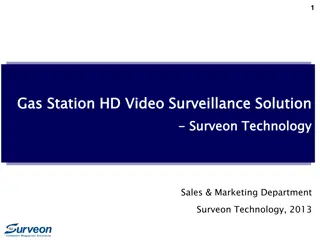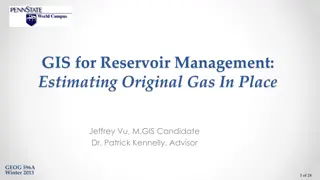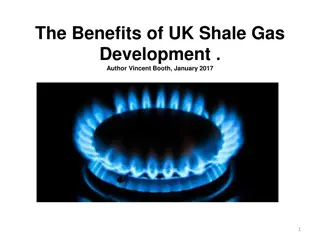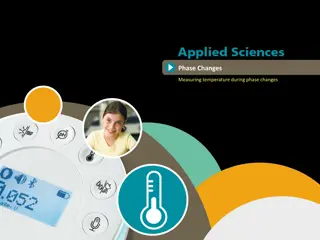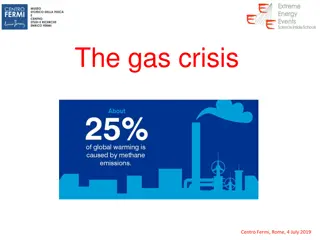Understanding Phase Changes and Gas Behavior in Chemistry
Explore the concepts of phase changes and gas behavior in chemistry through lessons on gas density, sublimation, and measuring densities of gases. Activities involving dry ice and discussions on water vapor, fog, and clouds enhance understanding. Discover how densities of solids and gases compare, and prepare for engaging group activities to observe phase changes firsthand.
Download Presentation

Please find below an Image/Link to download the presentation.
The content on the website is provided AS IS for your information and personal use only. It may not be sold, licensed, or shared on other websites without obtaining consent from the author. Download presentation by click this link. If you encounter any issues during the download, it is possible that the publisher has removed the file from their server.
E N D
Presentation Transcript
Living By Chemistry SECOND EDITION Unit 3: WEATHER Phase Changes and Behavior of Gases
Chapter 11: Pressing Matter Lesson 56 It s Sublime Lesson 57 Air Force Lesson 58 Feeling Under Pressure Lesson 59 Egg in a Bottle Lesson 60 Be the Molecule Lesson 61 What Goes Up Lesson 62 Cloud in a Bottle
Lesson 56: It s Sublime Gas Density
Dry Ice Setup Do not touch the dry ice with bare hands. Use tongs or gloves. 1. One student from each group should get a polystyrene foam cup filled with 5 10 g of dry ice from the teacher and a 5-gallon garbage bag. 2. Remove all the air from the 5-gallon garbage bag. 3. Find the mass of the cup that contains the dry ice. 4. Quickly pour the dry ice into the deflated bag and close the top with a twist tie so the bag does not leak. Be careful to keep air out. 5. Weigh the empty cup. Subtract this weight from the mass of the cup containing the dry ice in order to determine the mass of the dry ice.
ChemCatalyst Water exists in many forms, including water vapor, fog, clouds, and liquid water. 1. Why do you think you cannot see water vapor in the air? 2. How are fog and clouds different from water vapor? 3. Why do you think airplanes can fly through clouds?
Key Question How do the densities of a solid and a gas compare?
You will be able to: describe the density differences that occur during phase changes explain how moisture gets into the atmosphere calculate the density of a gas from mass and volume measurements
Prepare for the Activity Work in groups of four. Sublimation: The phase change from a solid to a gas.
Discussion Notes Heating water ice and dry ice causes phase changes in both. The fog you see around dry ice is actually tiny droplets of liquid water. The space that gaseous CO2can occupy is dramatically larger than the space that solid CO2 occupies.
Discussion Notes (cont.) When any substance changes into a gas, it expands dramatically. Evaporation: The phase change from a liquid to a gas.
Discussion Notes (cont.) | experimental value accepted value | . accepted value 100 % error =
Discussion Notes (cont.) When solid carbon dioxide sublimes, the individual molecules move farther and farther apart, as shown in Model D. Solid CO2 Model A Model B Model C Model D
Discussion Notes (cont.) The molecules of a gas are about 1000 times more dispersed (less dense) than the molecules of a solid. The drawing in Model D is not completely accurate.
Wrap Up How do the densities of a solid and a gas compare? Sublimation occurs when a substance goes directly from a solid phase to a gas phase. When a substance changes phase, its density changes. Individual molecules in a gas are very far apart compared to the molecules in a solid. The density of a gas is about 1/1000 the density of the same substance when it is a solid.
Check-In A sample of oxygen gas has a mass of 1.43 g and occupies a volume of almost exactly 1000 mL. What is the density of this oxygen gas? Is it more or less dense than carbon dioxide gas?
